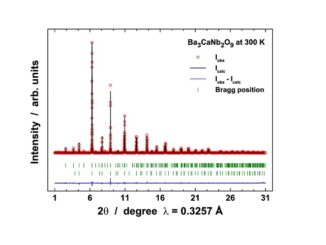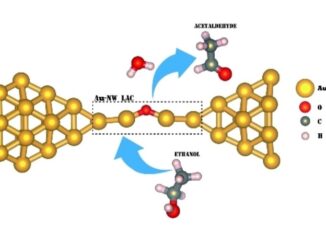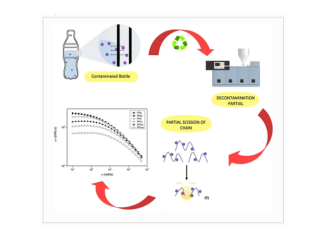
Titanium dioxide nanotubes in a hydrogen peroxide-based bleaching agent: physicochemical properties and effectiveness of dental bleaching under the influence of a poliwave led light activation
Abstract: Objectives
The effects of different concentrations of titanium dioxide (TiO2) into 40% hydrogen peroxide (HP) were evaluated as regards the effectiveness of dental color change either associated with activation by polywave LED light or not.
Materials and methods
TiO2 (0, 1, 5, or 10%) was incorporated into HP to be applied during in-office bleaching (3 sessions/40 min each). Polywave LED light (Valo Corded/Ultradent) was applied or not in activation cycles of 15 s (total time of 2 min). The color of 80 third molars separated into groups according to TiO2 concentration and light activation (n = 10) was evaluated at baseline and at time intervals after the 1st, 2nd, and 3rd bleaching sessions.
Results
WID value was significantly higher when using HP with 5% TiO2 in the 2nd session than the values in the other groups (p < 0.05). After the 2nd and 3rd sessions, the ΔEab value was significantly higher when activated with light (p < 0.05) for all agents containing TiO2 or not. Zeta potential and pH of the agents were not modified by incorporating TiO2 at the different concentrations.
Conclusions
The 5% TiO2 in the bleaching agent could enhance tooth bleaching, even without light application. Association with polywave LED light potentiated the color change, irrespective of the presence of TiO2 in the bleaching gel.
Clinical significance
HP with 5% TiO2 could lead to a greater tooth bleaching response in the 2nd clinical session, as well as the polywave light can enhance color change.
Author(s): Goncalves Antunes, E. V.; Basting, R. T.; Botelho do Amaral, F. L.; Gomes Franca, F. M.; Turssi, C. P.; Kantovitz, K. R.; Bronze-Uhle, E. S.; Lisboa Filho, P. N.; Basting, R. T.
Clinical Oral Investigations
Published: 28 November 2022
DOI: https://doi.org/10.1007/s00784-022-04802-5
CDMF
The CDMF, hosted at the Federal University of São Carlos (UFSCar), is one of the Research, Innovation and Dissemination Centers (RIDC) supported by the São Paulo State Research Support Foundation (Fapesp), and also receives investment from the National Council Scientific and Technological Development (CNPq), from the National Institute of Science and Technology of Materials in Nanotechnology (INCTMN).




